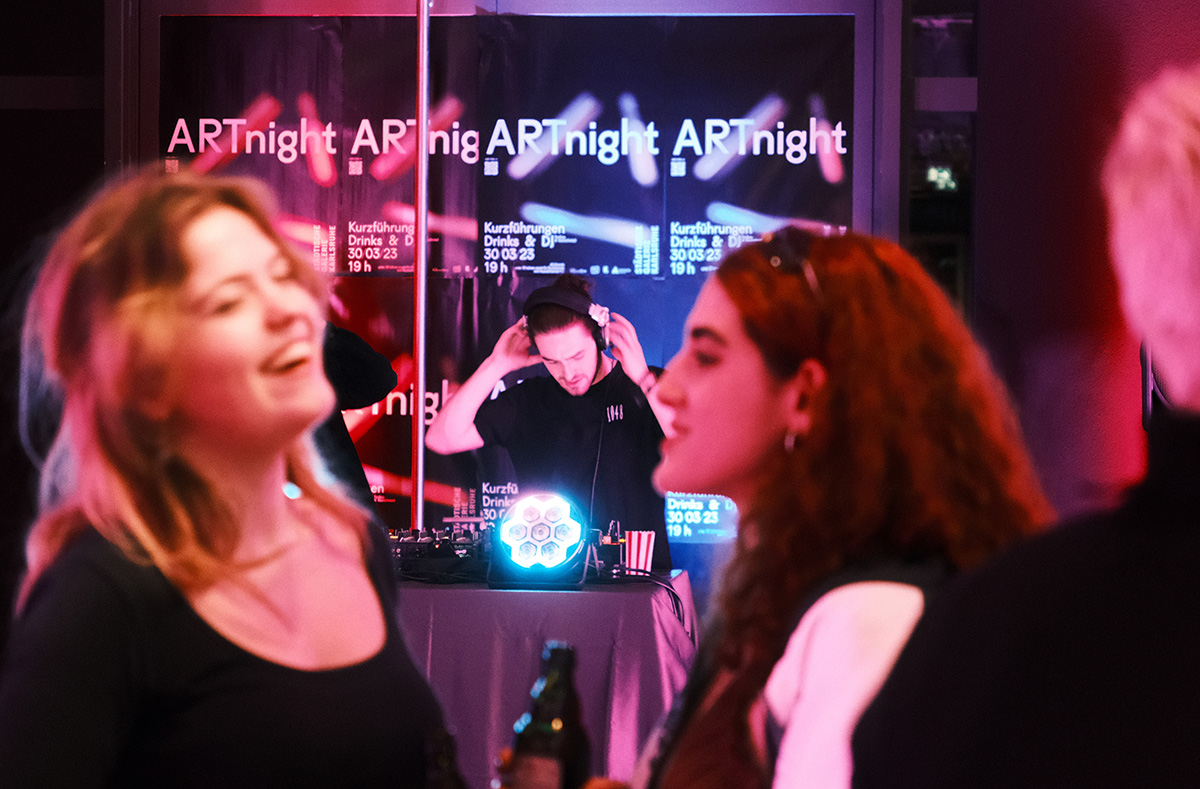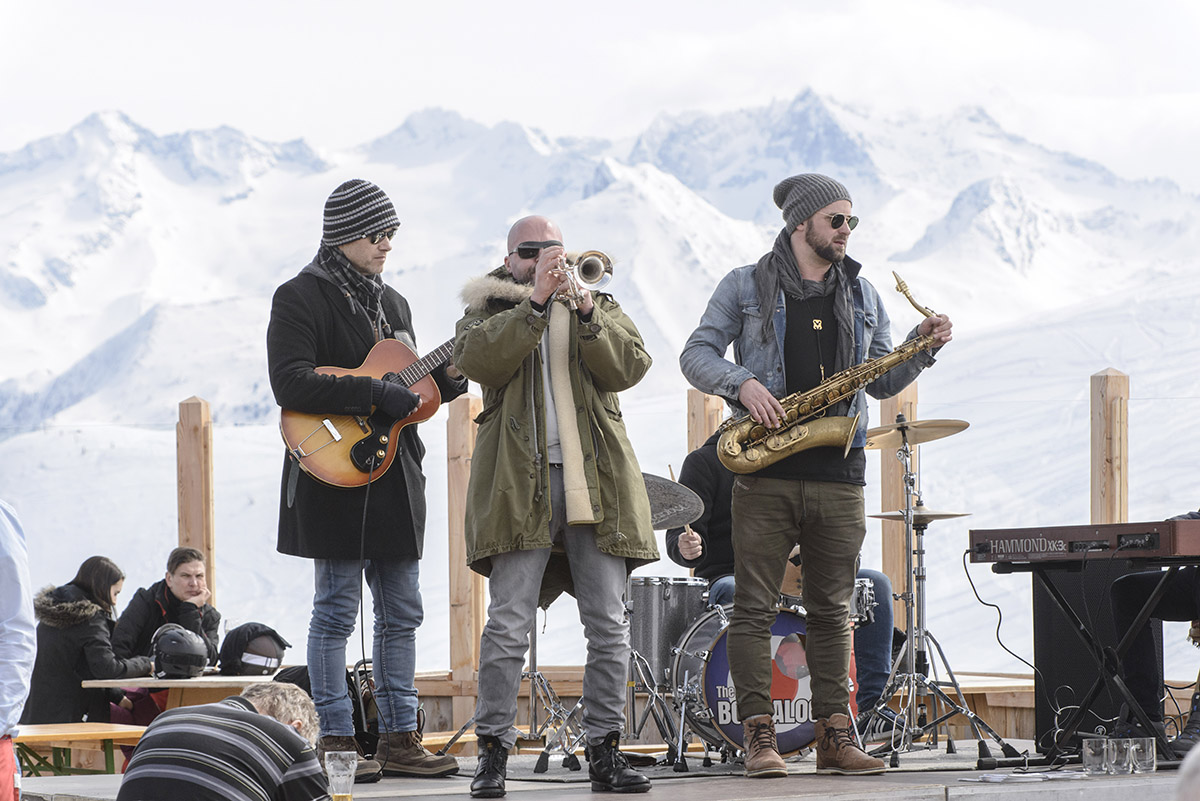Let it snow
TEXT: WIBKE CARTER | PHOTOS: ORIGINAL WIENER SCHNEEKUGEL E.U.
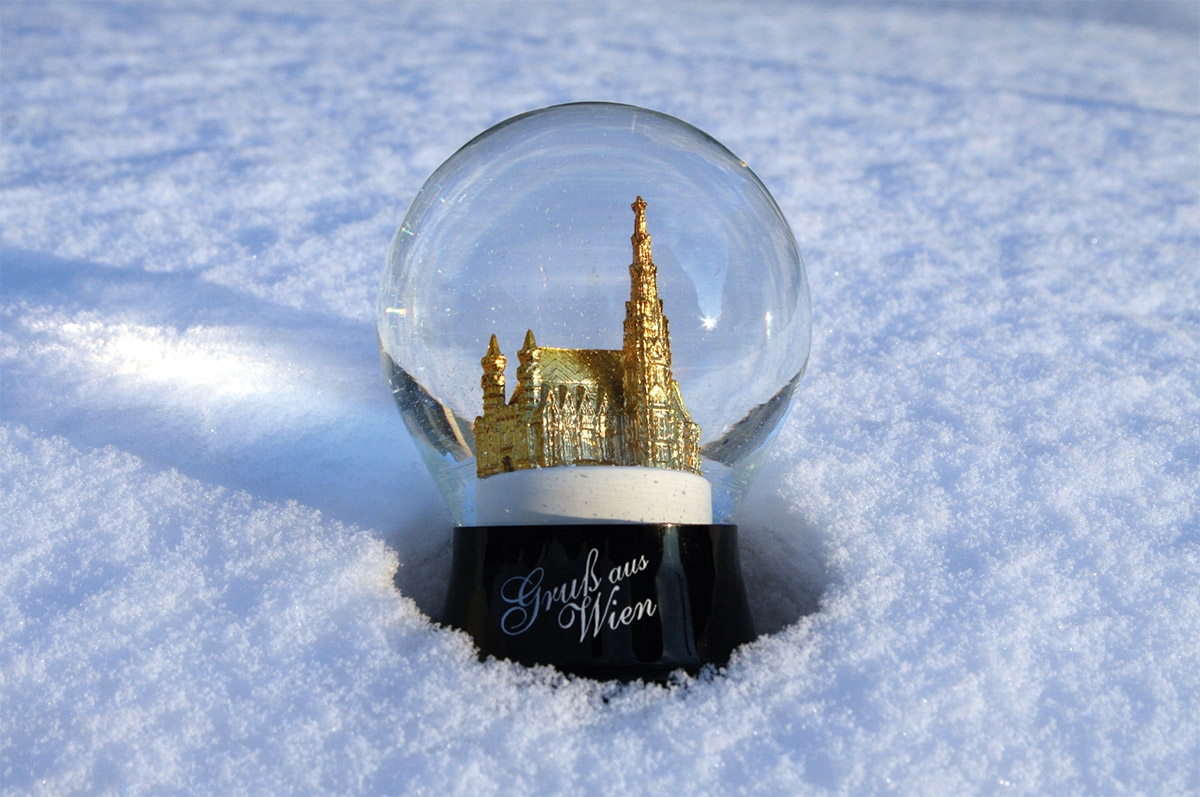
The Stephansdom snow globe.
Bill Clinton has one with confetti from his election victory party. Last year’s bestseller was a toilet roll kind. And one falls and smashes so dramatically at the start of the classic film Citizen Kane: these are all Original Vienna Snow Globes.
No company sign, no advertising, just a name plate indicating the place in Vienna’s 17th district from which snow globes are exported around the world. In a small backyard workshop, a little hidden between suburban tenement houses, Sabine Perzy II – the inventor’s great-grand-daughter – and her team at the Original Wiener Schneekugelmanufaktur, manufacture 200,000 snow globes a year. Since her father’s recent retirement, she has taken over the family business, doing everything from designing new motifs and operating heavy machinery, to running the marketing.
The fact that these snow globes exist has a lot to do with chance. When Erwin Perzy, a surgical instrument mechanic, invented the snow globe at the end of the 19th century, he was actually aiming to develop an extra bright light source for use as a surgical lamp. In the process he tried to intensify the candlepower of a so-called ‘Schusterkugel’ (a water filled flask that has been used to focus light since the Middle Ages) with particles made out of different materials for reflection purpose. One of these fillings was semolina. It didn’t really work, but it sank nicely. Just like snow, Perzy thought.
At the same time, he was creating miniature models of the Basilica of Mariazell for a friend who had a souvenir stand in the town. One day, Perzy had the idea of placing a model of the church in the sphere – the ’glass sphere with snow effect’ was born. Perzy had it patented, founded his business in 1900, and from then on started to produce snow globes with religious motifs.
Thanks to his products, which were exported as far as India in the 1920s, the inventor brought his business to considerable prosperity. And he even received an award for his work as a toymaker from the Austrian emperor Franz Josef I. The company grew steadily, with a few setbacks during the two world wars, but it wasn’t until the late 1950s that things really took off.
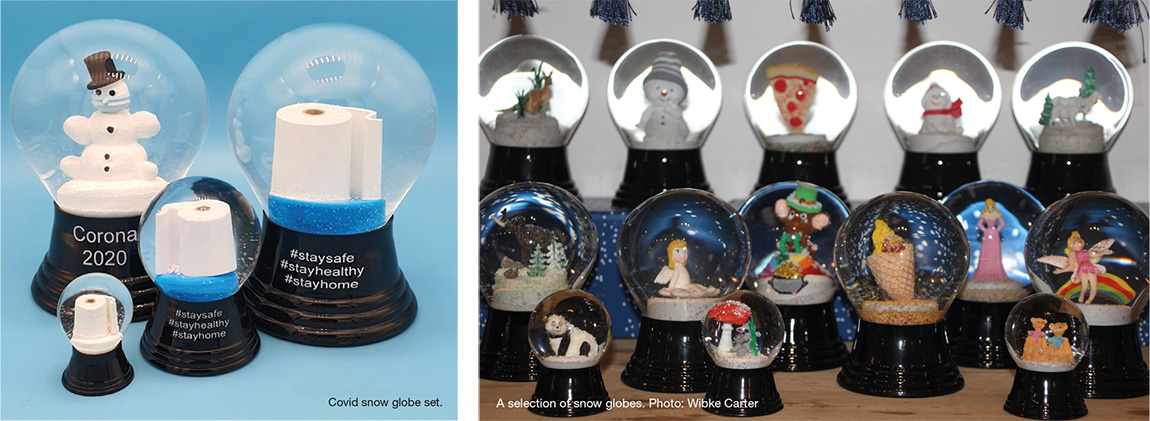
From 1955 to 1957, the snow globes were exhibited at the Nuremberg International Toy Fair, and Erwin Perzy II was able to connect with American buyers. They really liked the snow globes, but did the insides absolutely have to contain depictions of a religious nature? Today, the Perzy family has over 350 motifs to choose from in its range. There are the Vienna Ferris wheel and the Stephansdom varieties, baubles with characters from the latest Disney films, as well as those with anything from purple dragons to red-glitter shoes. But customers can also make special orders from thousands of options. Tailor-made orders make up 20 per cent of total sales.
One unique design included a 120 millimetre snow globe on a solid silver base which was given to President Bill Clinton by a friend. It contained the original confetti which was thrown at his inauguration party, and stood for years on the desk of the Oval Office in The White House. But this isn’t the most unusual order by any stretch.
“Some models take half a year to make. We once had a customer who wanted her own home in a snow globe as a present to her husband for their 50th wedding anniversary,” says Sabine Perzy II. “We have also made snow globes for many famous movies, snow globes with industry logos, and giveaway snow globes for large corporations.” After the Americans came on board, the Japanese fell in love with the glass spheres from Vienna. The car manufacturer Mitsubishi has ordered hundreds of thousands of globes over the years.
In the past, the inner workings of the snow globes were crafted by hand. Erwin Perzy cast his figures for the inner life out of pewter, then milled and carved them. Today, the company relies on 3D printing for small batches. The figures for special productions are first created in a drawing programme. The 3D printer then turns the data into the small figures in just three to four hours.
The biggest mystery is the snow, which, according to the Perzys, trickles slowly in an unrivaled manner. “In cheap imitations, the snow drops after only a few seconds. In our models, depending on size, it can take up to two minutes,” Sabine Perzy II says proudly. But how exactly does it work? Well, because semolina decomposes, the Perzys rely on a mixture of hard wax and magnesium. The exact composition, however, is a closely guarded family secret known only to Erwin Perzy III and Sabine Perzy II, the infamous snow globe makers of Vienna.
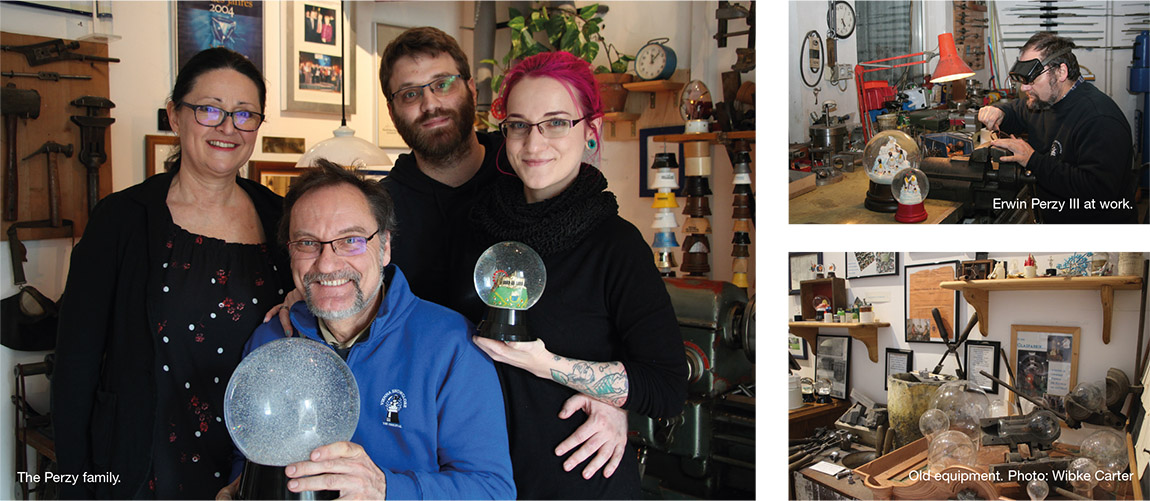
Subscribe to Our Newsletter
Receive our monthly newsletter by email
